The Seven National Parks Of Austria
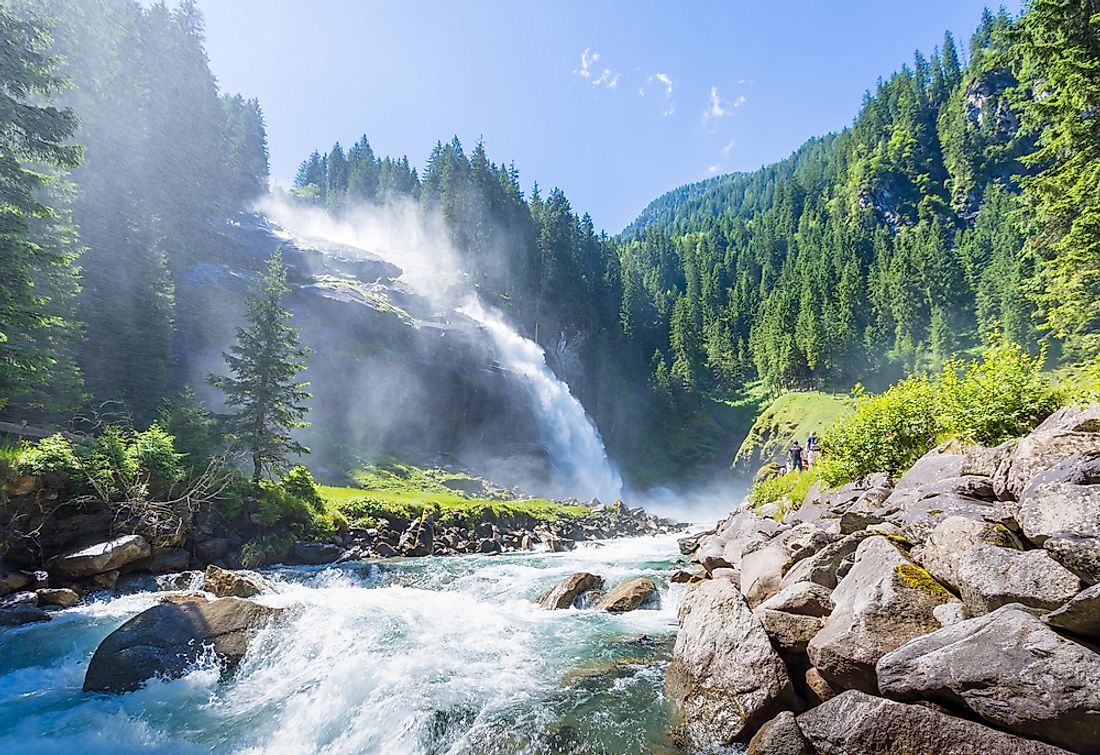
Austria, a landlocked nation is Central Europe, is a favorite among tourists for its beautiful mountain scenery and friendly locals. Here is an overview of the beautiful national parks found in the country.
7. Gesäuse National Park
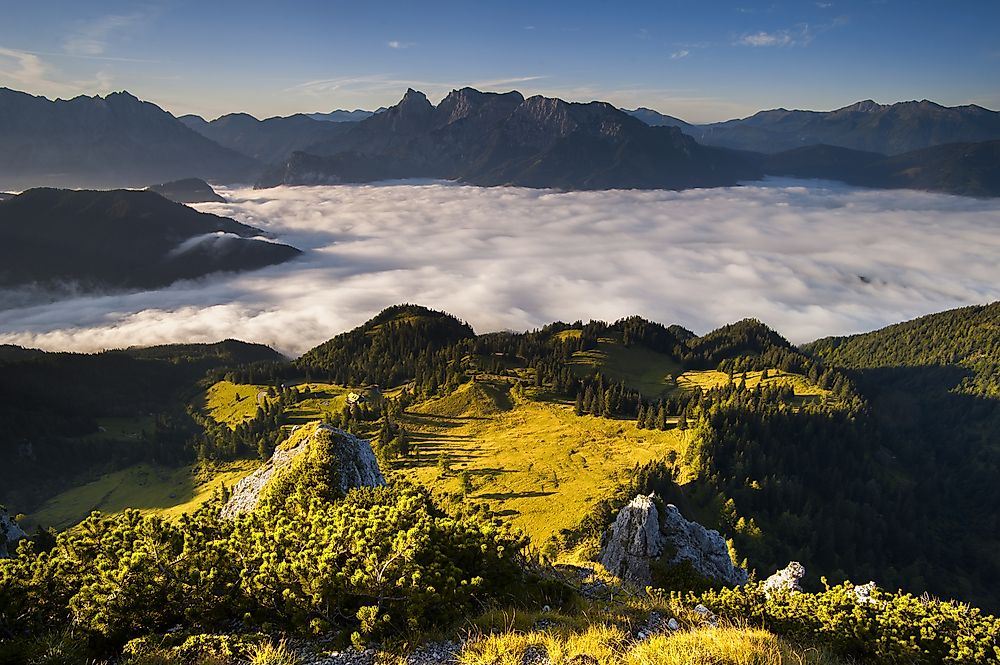
Gesäuse National Park is located in the Austrian state of Styria in the mountainous Upper Styrian region. Established on October 26, 2002, the national park encompasses an area of 110 square km with plans of further extension of another 15 square km. The highest mountain of the Ennstal Alps, the 2,369 meters tall Hochtor is within the boundaries of Gesäuse National Park.
6. Thayatal National Park
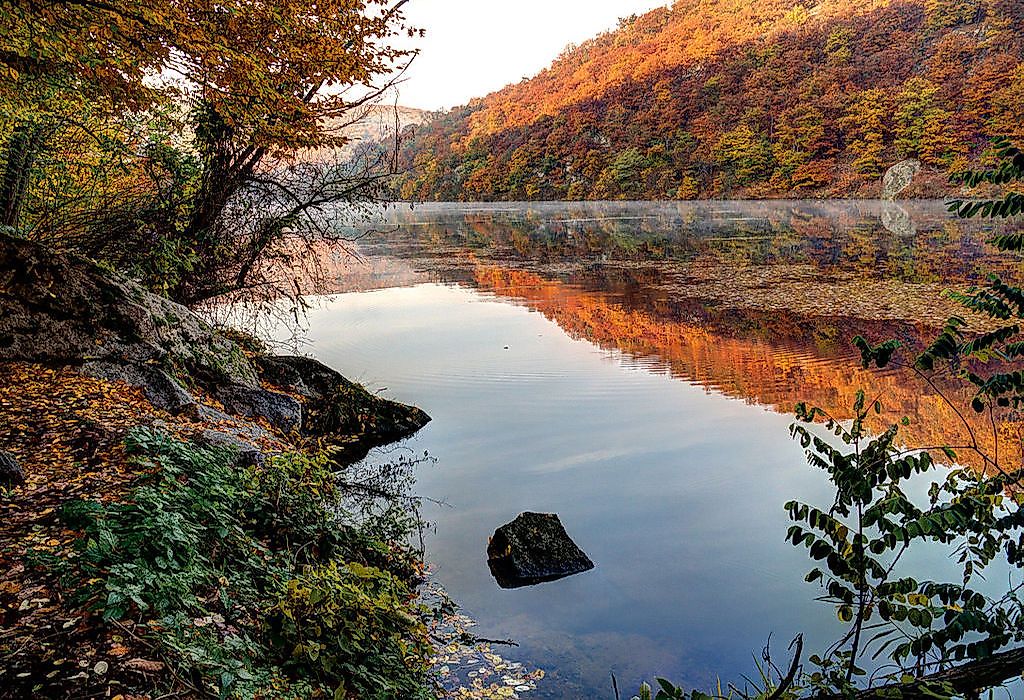
The Thayatal National Park is an Austrian national park that was established in the year 2000. It currently occupies an area of 13 square km. The national park is centered around a meander of the Thaya River that has been cut-off from the river due to sedimentation. The national park is located on Austria’s border with the Czech Republic and is close to the Podyjí National Park. The steep gneiss slopes along the Thaya River lends beauty to the entire landscape.
5. Kalkalpen National Park
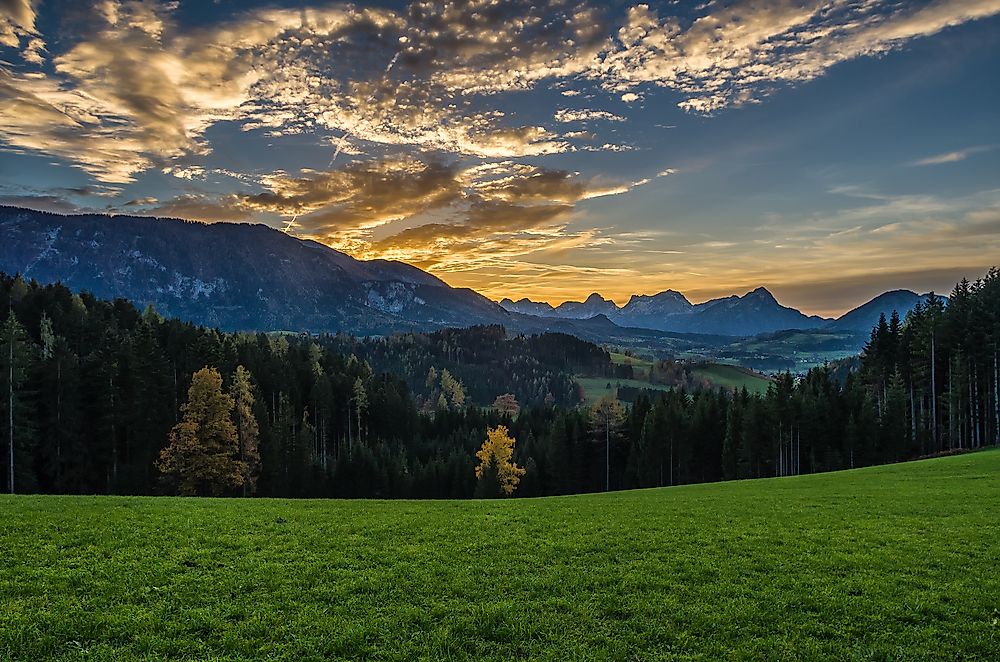
Austria’s Kalkalpen National Park is located within the Northern Limestone Alps mountain range. The national park was established on July 25, 1997. With an area of 208 square km, the Kalkalpen National Park is Central Europe’s largest forested area. It is also Austria’s biggest karst region. The national park can be accessed by chair lift and hiking paths. There is a 69 feet tall high panorama-view tower called the Wurbauerkogel which offers a stunning view of the surrounding mountains. Tourists visiting the Kalkalpen National Park can enjoy mountain biking, horseback riding, and hiking. In winter, snowshoe-hiking and skiing are the popular tourist activities
4. Danube-Auen National Park
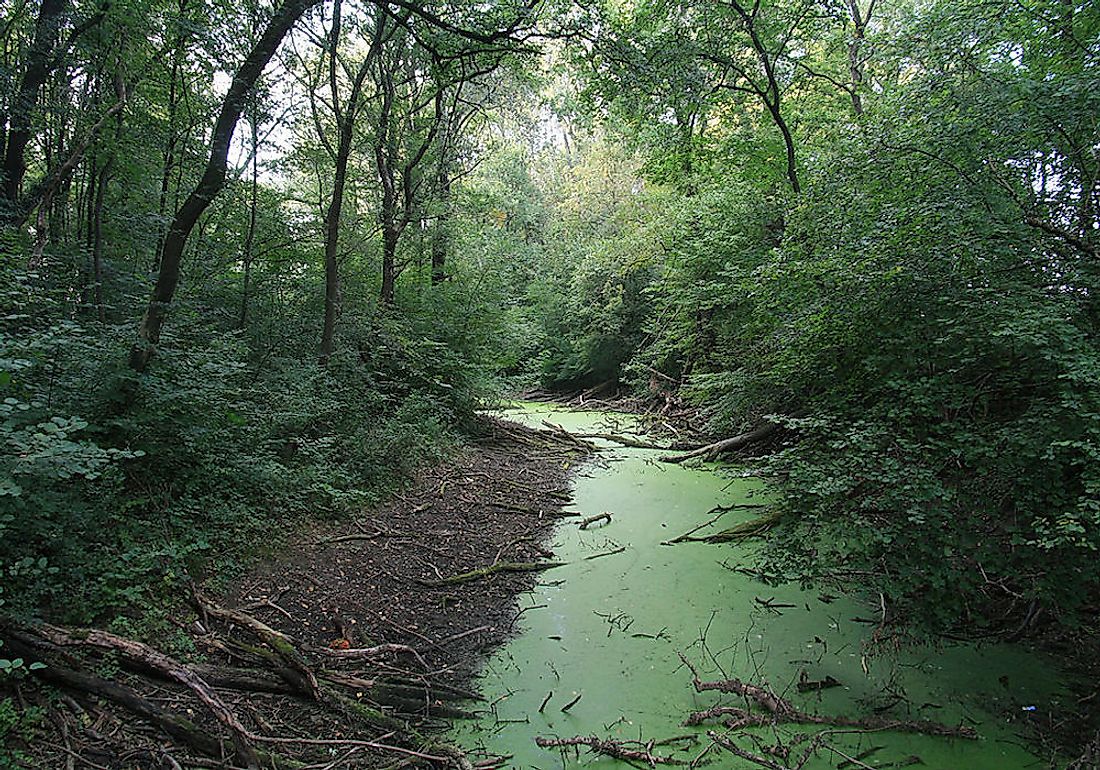
The Danube-Auen National Park extends across an area of 93 square km in Lower Austria and Vienna and is one of the Danube’s largest remaining floodplains. The national park was established with the signing of a State Treaty on October 27, 1996. Over 700 species of higher plants, 100 bird species, 8 species of reptilians, 13 amphibian species, 30 species of mammals, 50 fish species, and a large number of invertebrate species live in the national park. The most notable species of the Danube-Auen National Park include the Danube crested newt, beavers, sea eagles, European pond turtle, and kingfishers.
3. Neusiedler See-Seewinkel National Park
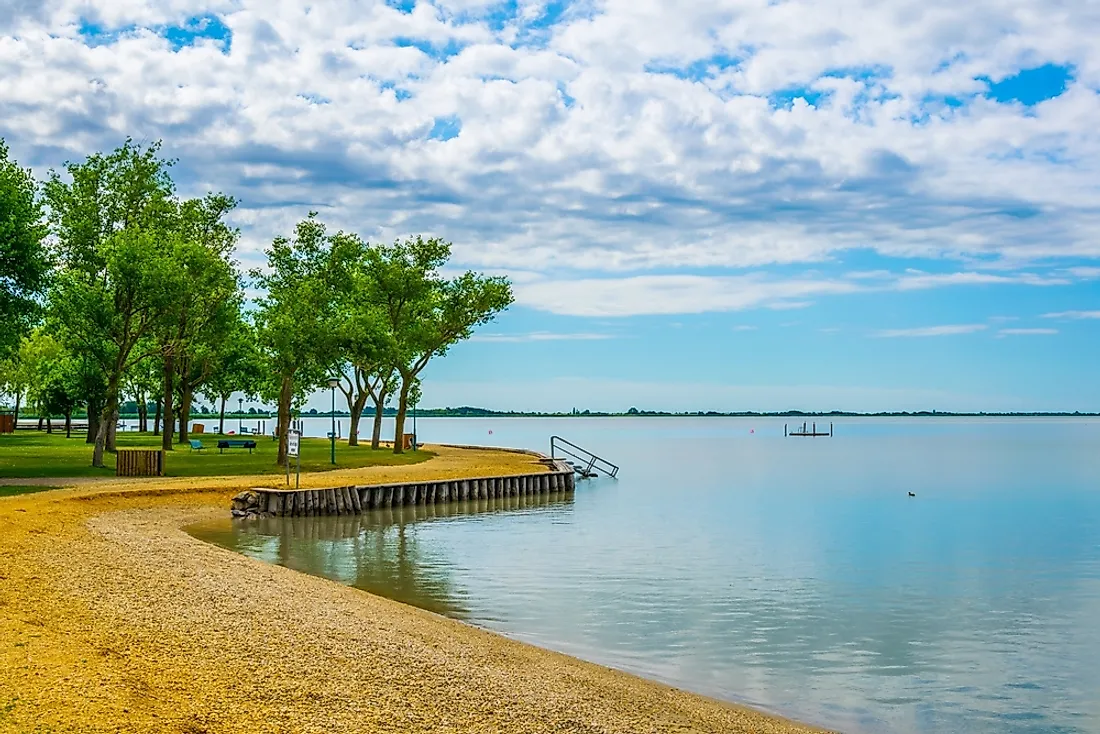
The Neusiedler See-Seewinkel National Park is located in eastern Austria where it occupies an area of 97 square km in the Burgenland province. Established in 1994, it is the country’s oldest national park and it protects the Eurasian Steppe’s westernmost lake. The park exhibits a mosaic of environments including meadows, sand steppes, salt areas, and wetlands. The vegetation here is also highly diverse and includes Mediterranean, alpine, Asian, northern European, and Pannonian species.
2. High Tauern National Park
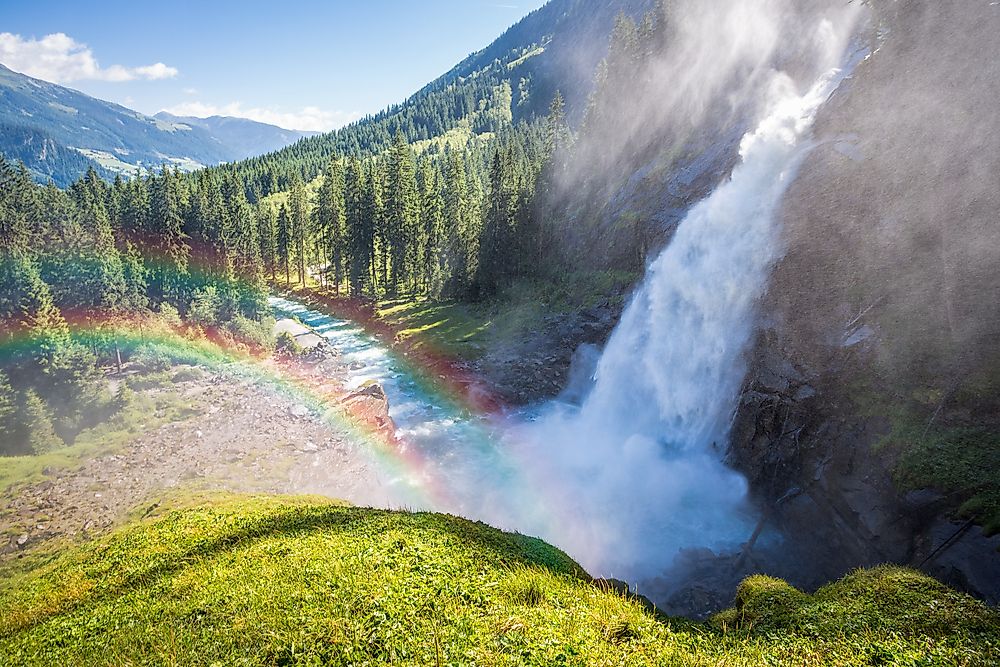
The High Tauern mo located on the Central Eastern Alps’s main chain. The 12,461 feet tall Grossglockner, the highest mountain in Austria, is part of this mountain range. A 100 km stretch of this range is protected as the High Tauern National Park. The national park occupies an area of 1,856 square km which makes it the largest nature reserve in the Alps and also the largest national park of Austria. All kinds of human activities are prohibited in the core zone of the park. Forestry and alpine-meadow farming are practiced in the fringe zone. The national park features numerous glaciers and glacial valleys, the Krimml Waterfalls, alluvial fans, and large tracts of tundra and forests. Swiss Pines are found along the tree line while subshrubs like alpenrose and Saxifraga rudolphiana grow above the tree line. Fauna living here include the red deer, chamois, Alpine ibex, golden eagle, and the griffon vulture.
1. Nock Mountain National Park
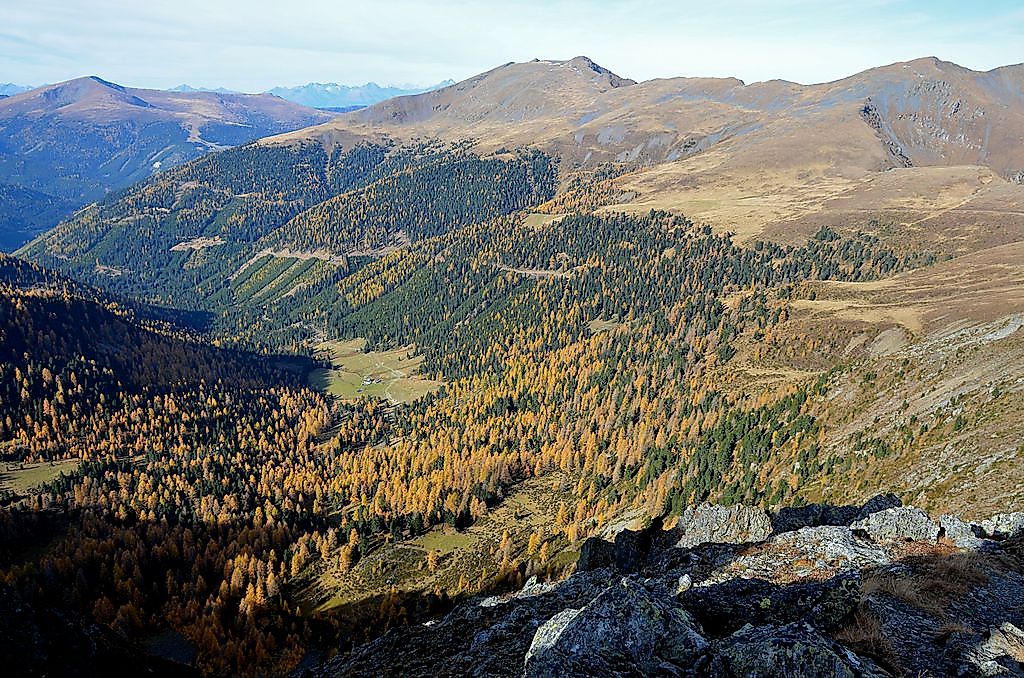
The Nock Mountains are the highest and westernmost mountain range of Austria’s Gurktal Alps. A part of the mountain area is protected as the Nock Mountains National Park which was established on January 1, 1987, by the Carinthian state government. The national park occupies an area of 184 square km in the Carinthian part of the Nock mountain range. The landscape of the park features several grass-covered dome-like summits.
The Seven National Parks Of Austria
| Rank | National Park | Date established | Area (in square kilometres) |
|---|---|---|---|
| 1 | High Tauern | 1981 (Carinthia) 1984 (Salzburg) 1992 (Tyrol) | 1,856 |
| 2 | Kalkalpen | 1997 | 208 |
| 3 | Nock Mountains | 1987 | 184 |
| 4 | Gesäuse | 2002 | 110 |
| 5 | Neusiedler See–Seewinkel | 1993 | 97 |
| 6 | Danube-Auen | 1996 | 93 |
| 7 | Thayatal | 2000 | 13 |











